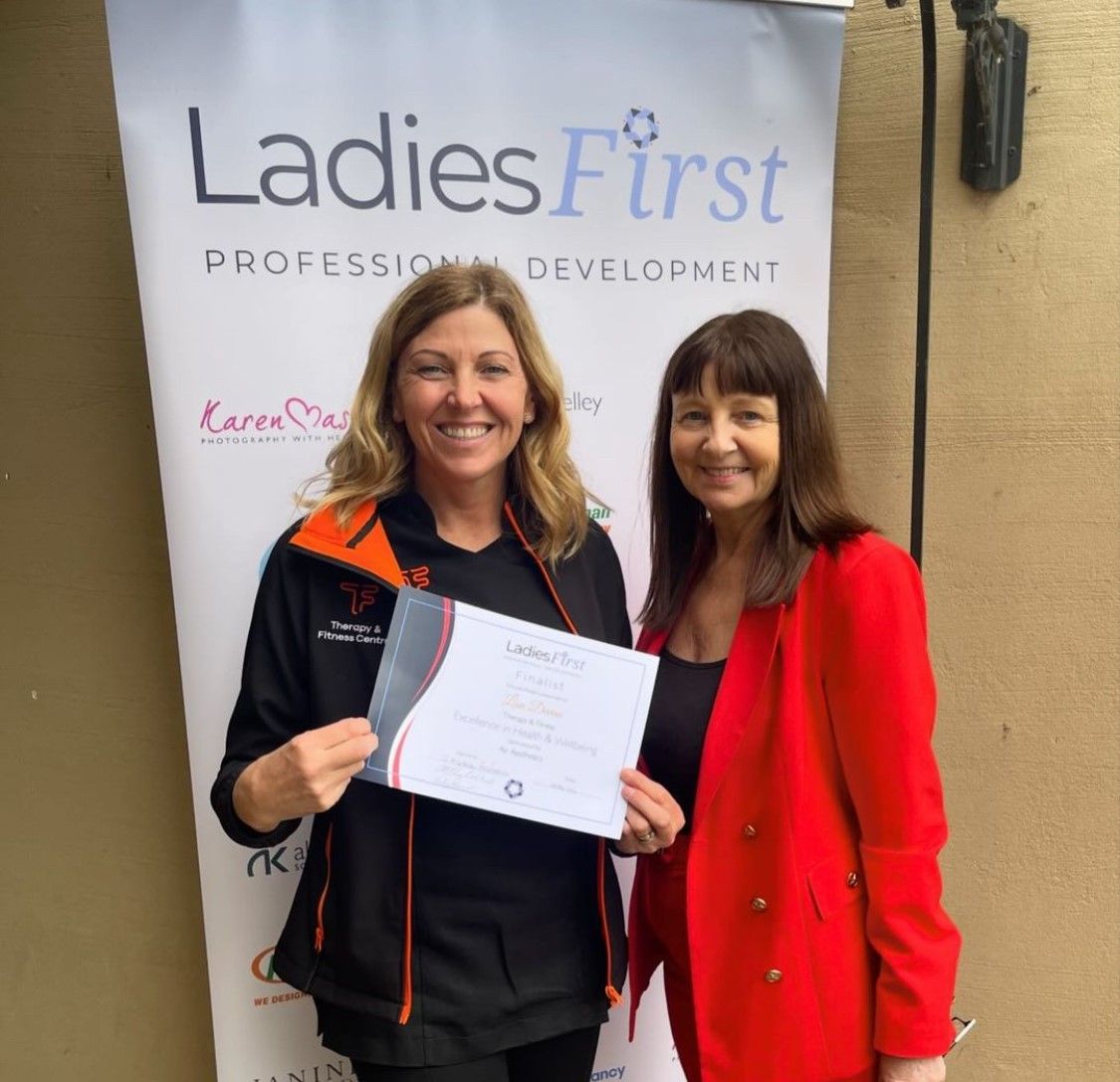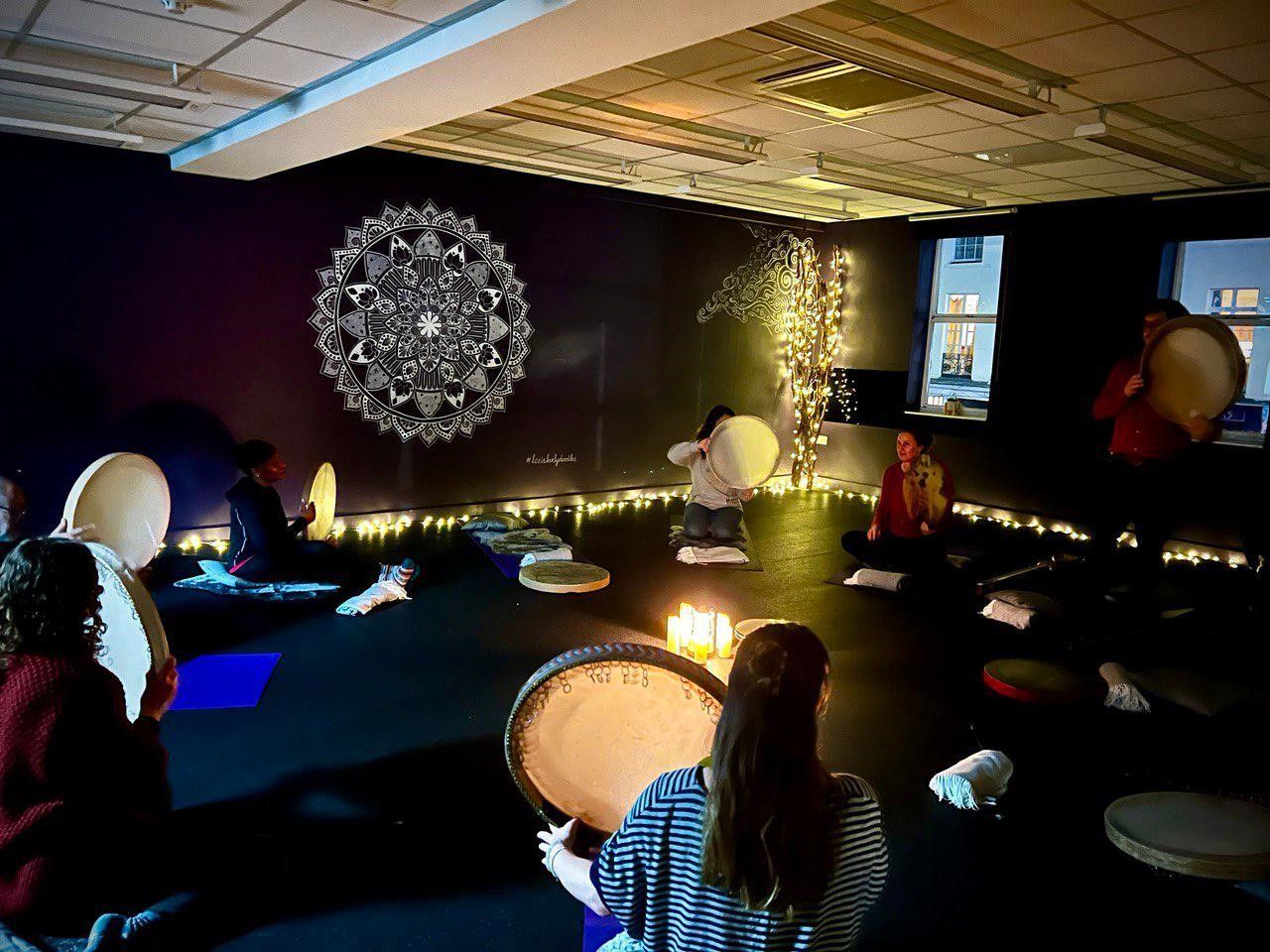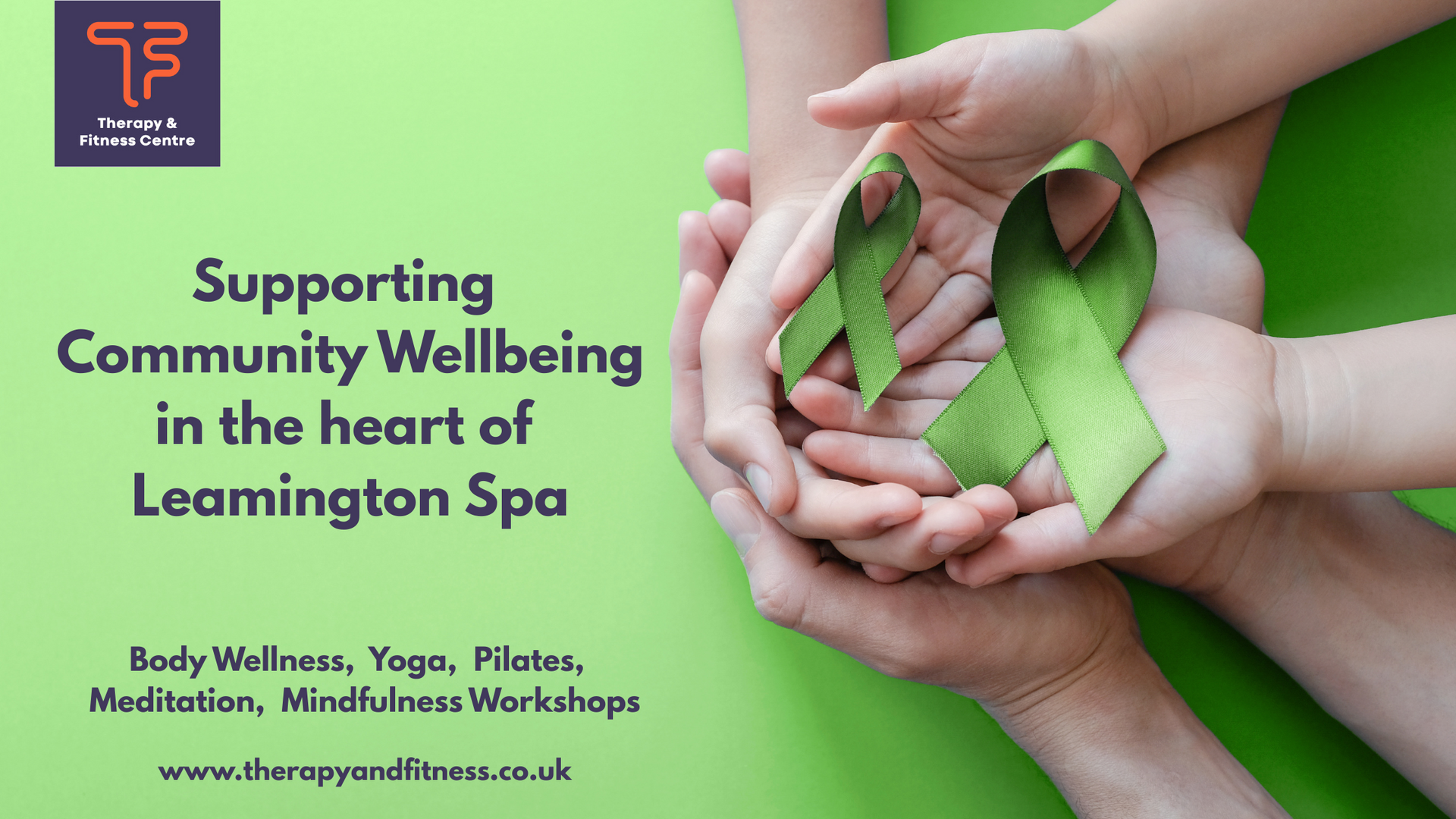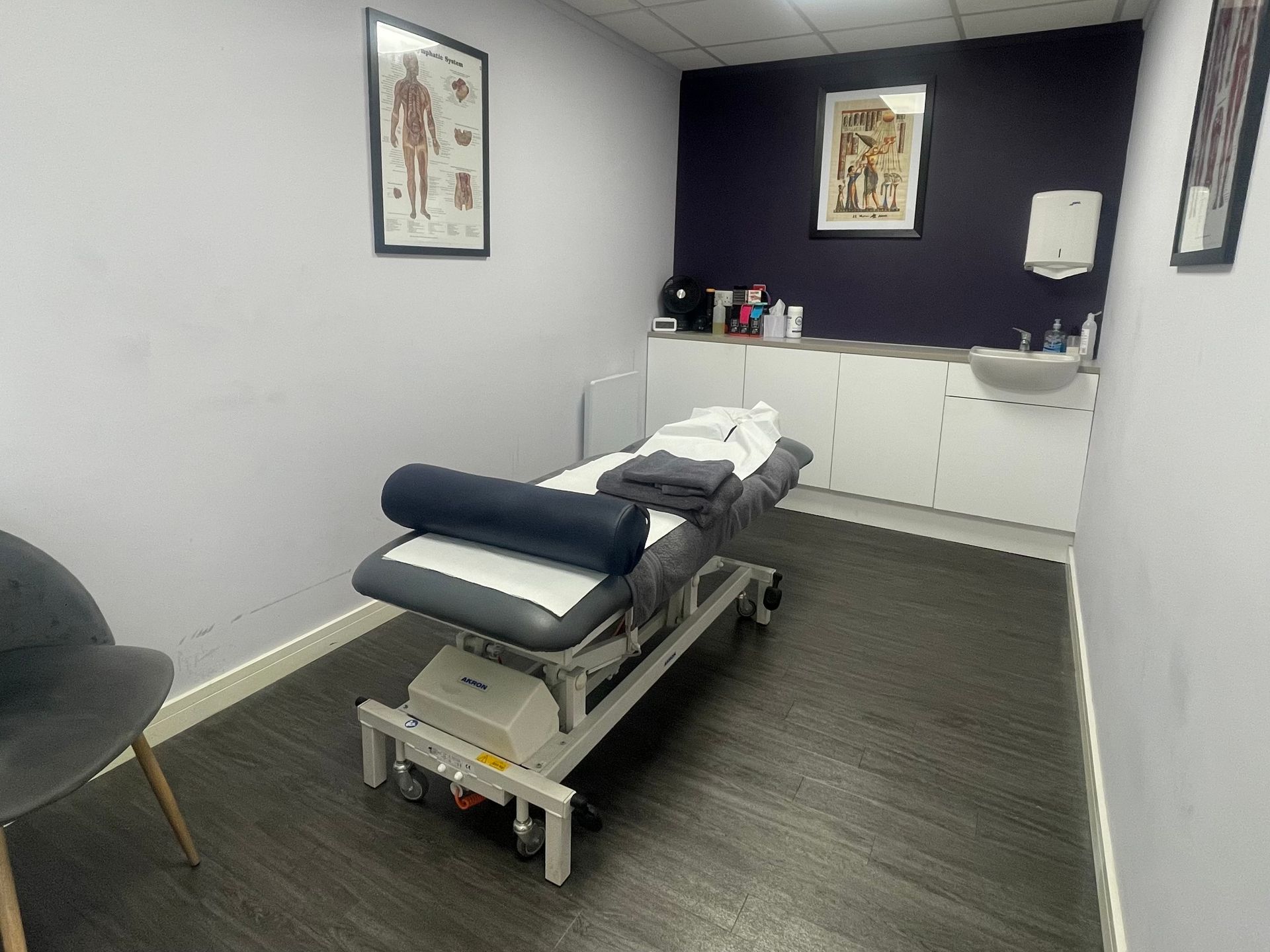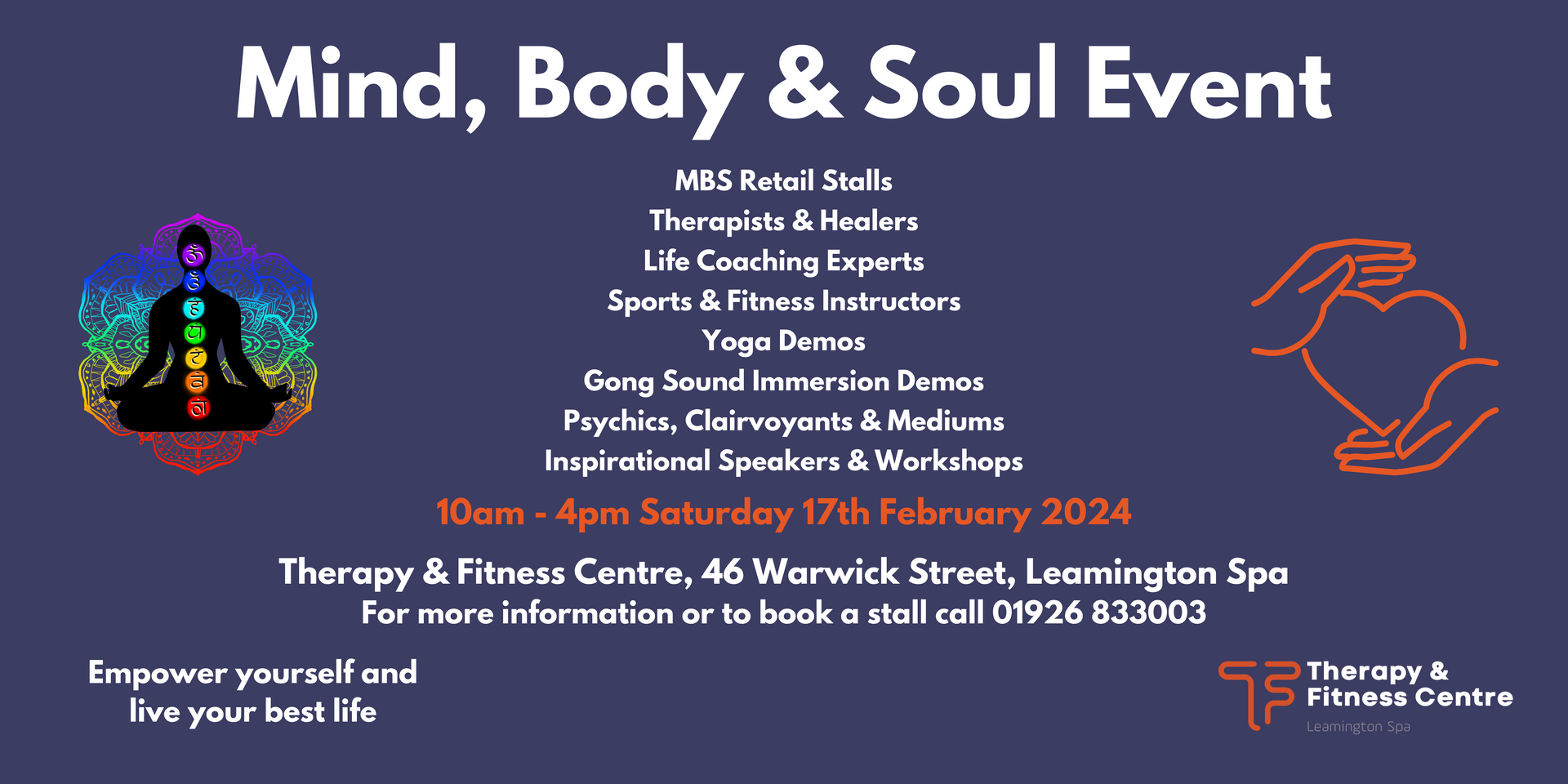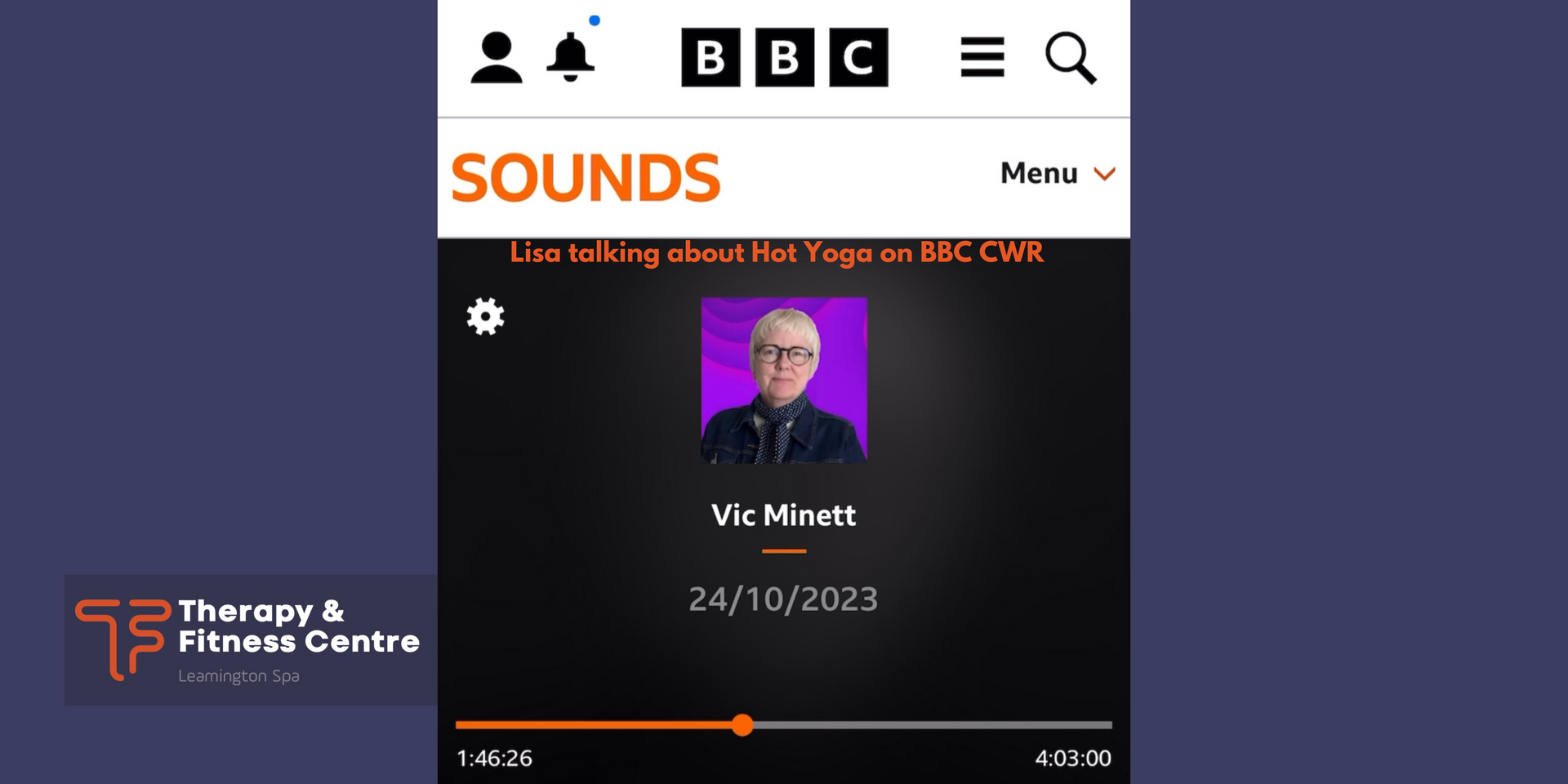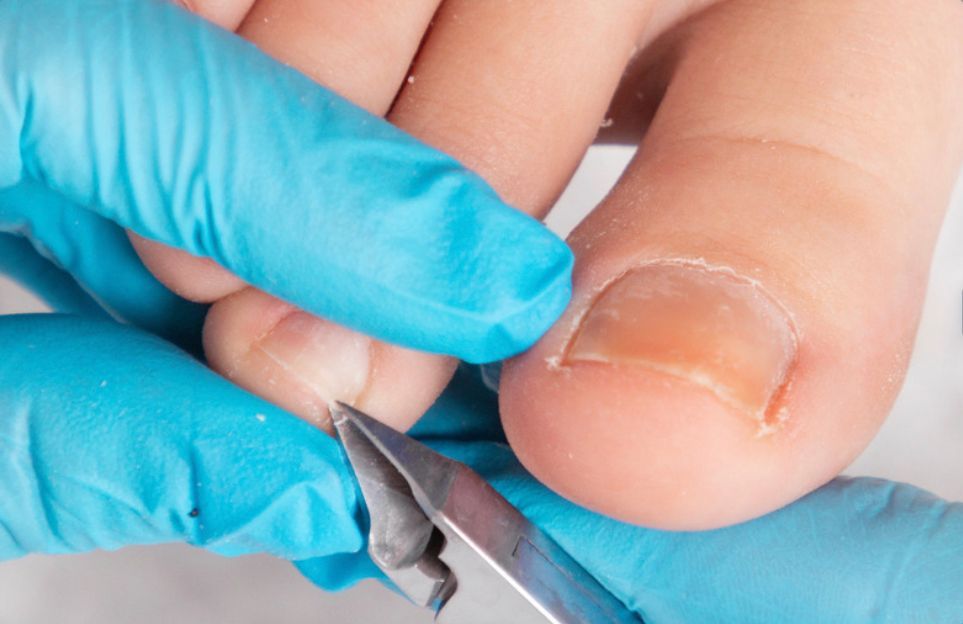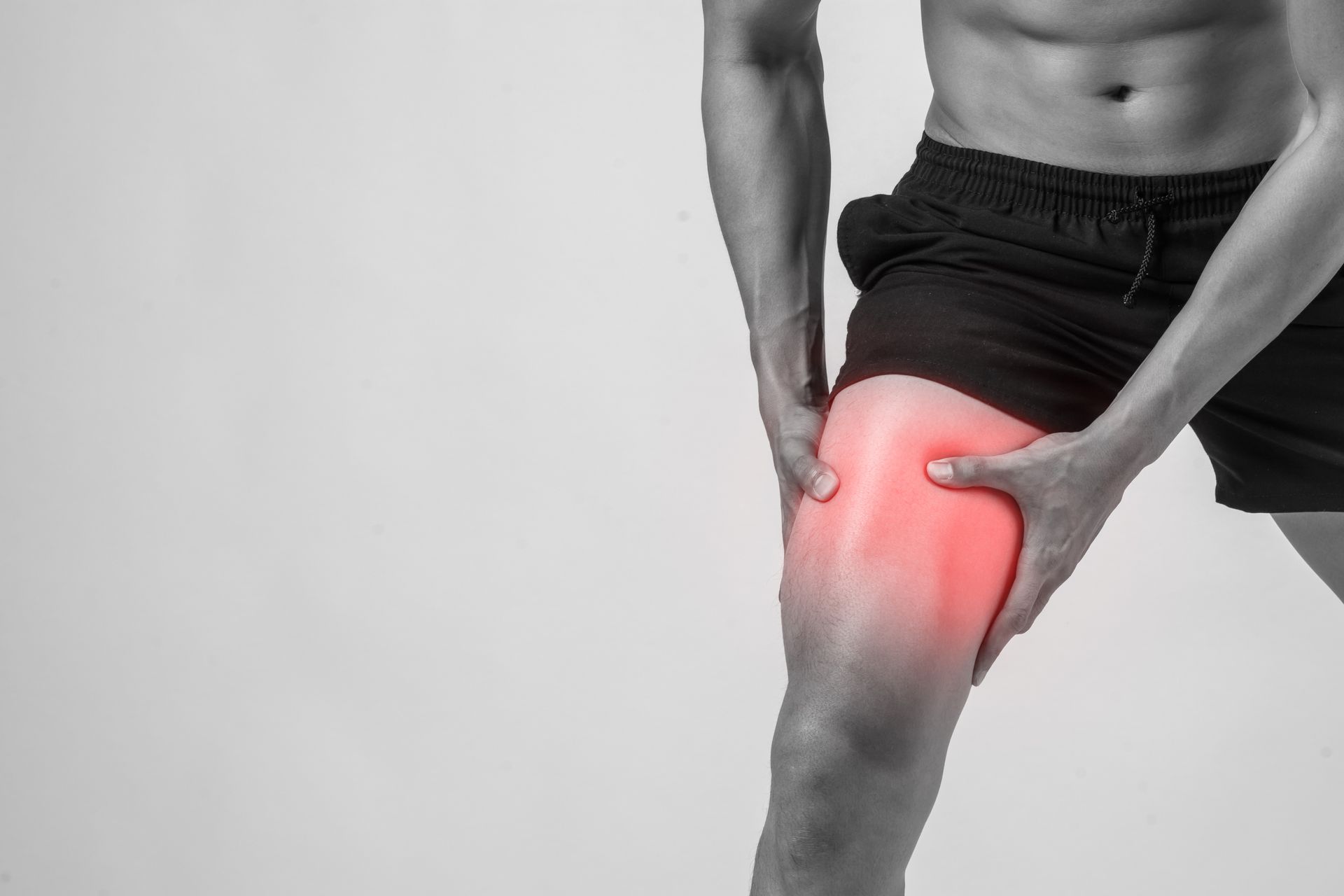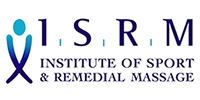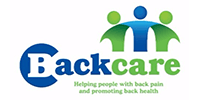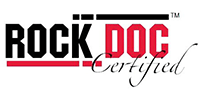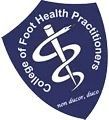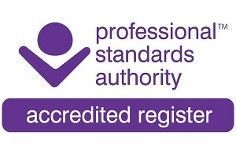The silent disease : What is Osteoporosis?
What is Bone health?
Bone health refers to the health of our bones with an emphasis on prevention and early intervention to promote strong bones and prevent fractures and medical conditions.
Why is bone health important?
It is essential to take good care of our bones, as they form our skeletal structure that supports us, gives us strength and shape, and protects our internal organs. Bones are also a storage site for many minerals such as calcium, magnesium and phosphorus and is where marrow is found that is essential for the making and storing of blood cells.
What is osteoporosis?
Osteoporosis is a condition where our bones lose strength and become prone to fracture. It develops slowly over several years and is often only diagnosed when a fall or sudden impact causes a bone to break (fracture). The most common injuries in people with osteoporosis are: broken wrist. broken hip.
What are the signs of osteoporosis?
- Back pain, caused by a fractured or collapsed vertebra
- Loss of height over time
- A stooped posture
- A bone that breaks much more easily than expected
Is osteoporosis common?
In the UK it is estimated that over three million people live with osteoporosis: and over 500,000 people receive hospital treatment for fragility fractures (bones that break after falling from standing height or less) every year as a result of osteoporosis.
Why is osteoporosis so common?
Your bone health is largely in your control. Many of the causes of osteoporosis are lifestyle factors you can change -- like getting plenty of calcium, vitamin D, and weight-bearing exercise to build strong bones.
How serious is osteoporosis?
In addition to causing permanent pain, osteoporosis causes some patients to lose height. When osteoporosis affects vertebrae, or the bones of the spine, it often leads to a stooped or hunched posture. Osteoporosis may limit mobility, which often leads to feelings of isolation or depression.
Can a person be cured of osteoporosis?
The short answer is no, osteoporosis cannot be completely reversed and is not considered curable, but there are a number of health and lifestyle adjustments you can make to improve bone loss. Your provider may also prescribe you medications to help rebuild and slow down bone loss.
How fast does osteoporosis progress?
While some bone is lost each year, the rate of bone loss increases dramatically in the 5 to 10 years after menopause. Then, for several years, the breakdown of bone occurs at a much greater pace than the building of new bone. This is the process that eventually causes osteoporosis.
Who typically gets osteoporosis?
Osteoporosis can occur at any age, although the risk for developing the disease increases as you get older. For many women, the disease begins to develop a year or two before menopause.
What should I do if I have osteoporosis?
Treatments for established osteoporosis may include exercise, vitamin and mineral supplements, and medications. Exercise and supplementation are often suggested to help you prevent osteoporosis. Weight-bearing, resistance and balance exercises are all important.
Why do we need to look after bones from an early age?
From about age 25 to age 50, bone density tends to stay stable with equal amounts of bone formation and bone breakdown. After age 50, bone breakdown (resorption) outpaces bone formation and bone loss often accelerates, particularly at the time of menopause.
How to prevent osteoporosis?
There are things you should do at any age to prevent weakened bones. Eating foods that are rich in calcium and vitamin D is important. So is regular weight-bearing exercise, such as weight training, walking, hiking, jogging.
Why is strength training recommended for bone health?
Weight-bearing and resistance exercises increase bone density. Resistance exercises – such as lifting weights – can also strengthen bones.
Can yoga help with osteoporosis?
Yoga is a great way to maintain movement, enhance stamina, strength, suppleness, and help with relaxation, physical and mental awareness. Even if you have fractures, including spinal compression fractures, with the correct guidance, yoga can be very helpful. Keeping our muscles active and toned helps to improve our bone health. Yoga helps to do both of these and it is a great way towards our overall health and wellbeing.
